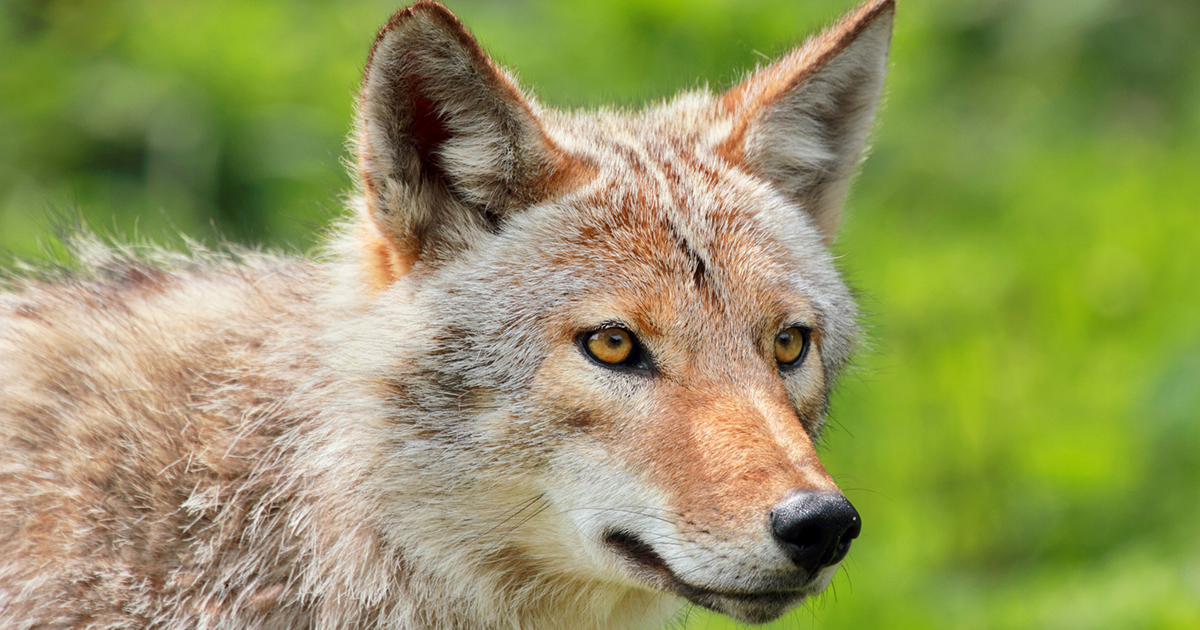
Relocation is frequently seen as an ideal solution to conflict: it removes an animal who is involved in concerning scenario and isn’t lethal. But relocation itself can be a death sentence – and create a whole new set of problems.
This isn’t to say that relocation is never an option – but generally the risks are high, and the efficiency low. To understand why relocation may not solve conflict in a community, we’ll break it down into three parts:
- The core issue. At the centre of most conflict scenarios are issues such as attractants, development, and resource availability. Removing an animal from a community when food sources and denning sites are available, as well as the pressures of development of habitat, may provide temporary respite. But if there was something to draw in one animal, it will draw in others – and the same human-caused issues will teach the next animal the same behaviours as the last. Removal also does not impact a community’s ability to co-exist and adapt as the natural world changes.
- The journey. Catching a wild animal isn’t always easy – it frequently involves the use of traps (be it inherently inhumane traps like leg-holds or larger box cages like those used by humane societies) or tranquilization. This can be traumatic to an animal. And as wildlife rehabilitators know, some animals do not make it through being handled – it’s called capture myopathy. The act of transportation can also be traumatic and result in injuries.
- The ecosystem. Simply putting any animal into a new ecosystem will result in problems. Predators and mesopredators like wolves, coyotes, mink, or even raccoons can be extremely territorial and may be suddenly infringing on another animal’s home range. The impact on prey species can also be devastating, as the presence of a new predator can be extremely disruptive. When the transfer of disease, disruption of the food web, and the possibility of conflict with humans in the new territory are piled on, the considerations of removal become extremely difficult to balance.
Most conflict situations exist because of human behaviour, or our changes to habitats. It’s only fair that we take responsibility and learn to co-exist with the wildlife who are simply trying to co-exist with us.
pleaseclick hereand help us save lives today.

